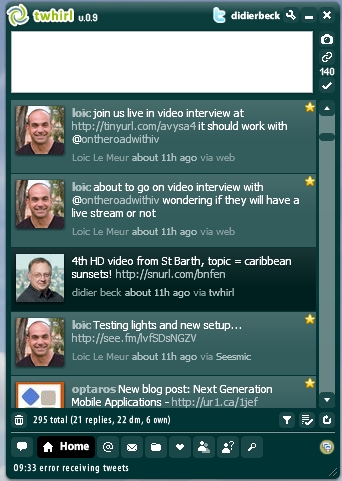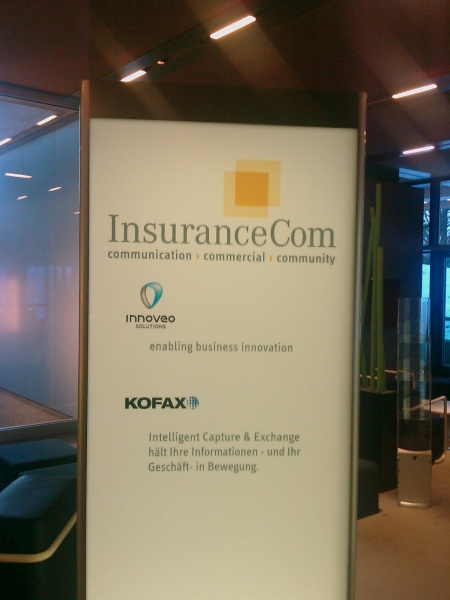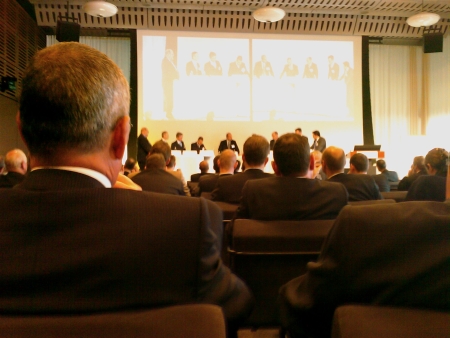via Judith Hurwirtz
Judith has attended to the last IBM Rational Conference and is sharing with us some noteworthy aspects of the “changing landscape of software development”.
- Rational is moving from tools company to a software development platform. […]
- More management, fewer low level developers [were attending the conference] […]
- Rational has changed dramatically through acquisitions. […]
- It’s all about Jazz. Jazz, IBM’s collaboration platform was a major focus of the conference. Jazz is an architecture intended to integrate data and function. Jazz’s foundation is the REST architecture and therefore it is well positioned for use in Web 2.0 applications. What is most important is that IBM is bringing all of its Rational technology under this model. Over the next few years, we can expect to see this framework under all of the Rational’s products.
- Rational doesn’t stand alone. […] What I found quite interesting was the emphasis on the intersection between the Rational platform and Tivoli’s management services as well as Websphere’s Service Oriented Architecture offerings. Rational also made a point of focusing on the use of collaboration elements provided by the Lotus division. Cloud computing was also a major focus of discussion at the event.[…] The one area that IBM seem to have hit a home run is its Cloud Burst appliance which is intended create and manage virtual images. Rational is also beginning to deliver its testing offerings as cloud based services. One of the most interesting elements of its approach is to use tokens as a licensing model. In other words, customers purchase a set number of tokens or virtual licenses that can be used to purchase services that are not tied to a specific project or product.
Cross-posted on the Innoveo Blog







